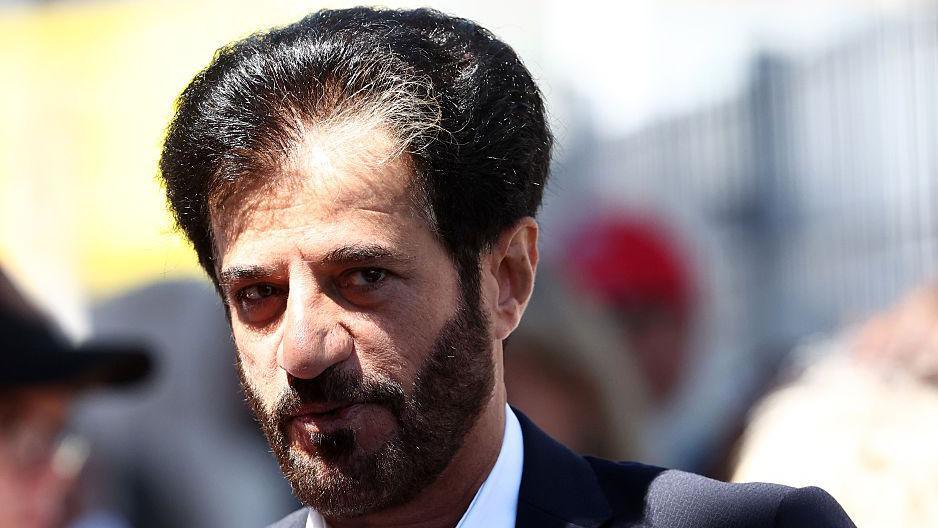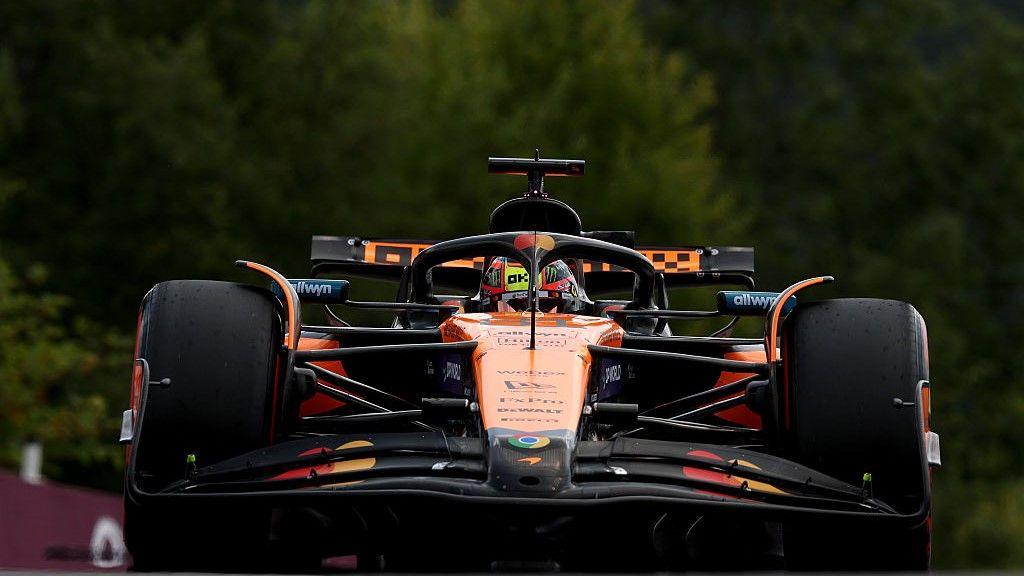Rethinking Wet Race Strategies in Formula 1: FIA's Approach Under Scrutiny
The FIA's conservative approach to wet race conditions in Formula 1 is under scrutiny after the Belgian Grand Prix. This article explores the need for recalibration in race strategies to balance safety and driver performance.

Rethinking Wet Race Strategies in Formula 1: FIA's Approach Under Scrutiny
The Belgian Grand Prix has once again brought the FIA's approach to wet race conditions into the spotlight. With drivers like Max Verstappen and Lewis Hamilton expressing concerns over the race director's conservative decisions, the debate on how to manage wet races is heating up.
The Belgian Grand Prix: A Case Study
At the Belgian Grand Prix, the race director's decision to delay the start and red-flag the race was met with mixed reactions. Max Verstappen argued that the race could have started on schedule, allowing the cars to clear the track of water. Lewis Hamilton echoed similar sentiments, suggesting that the race could have commenced sooner even after the delay.
However, the drivers also acknowledged the inherent dangers of starting a wet race too early, especially at a circuit like Spa-Francorchamps, which has seen fatal accidents in the past. The incident at Silverstone, where Isack Hadjar crashed into Kimi Antonelli's Mercedes due to poor visibility, serves as a stark reminder of the risks involved.
The Need for a Balanced Approach
While safety should always be paramount, there is a growing sentiment that the FIA's overly cautious approach may be hampering drivers' ability to showcase their all-weather driving skills. Oscar Piastri, who won the Belgian Grand Prix, suggested that perhaps one less formation lap could have been conducted, but emphasized that the decision to err on the side of caution was ultimately the right one.
Looking Ahead
As Formula 1 heads to Hungary for the next round, the FIA faces the challenge of recalibrating its approach to wet race conditions. The goal is to strike a balance between ensuring driver safety and allowing for competitive racing. This will require a nuanced understanding of track conditions, weather forecasts, and the capabilities of modern F1 cars.
Conclusion
The Belgian Grand Prix has highlighted the complexities of managing wet races in Formula 1. While the FIA's primary responsibility is to ensure the safety of all participants, there is a need to revisit and potentially revise the strategies employed during adverse weather conditions. As the sport continues to evolve, so too must the approaches to handling its most challenging scenarios.





























